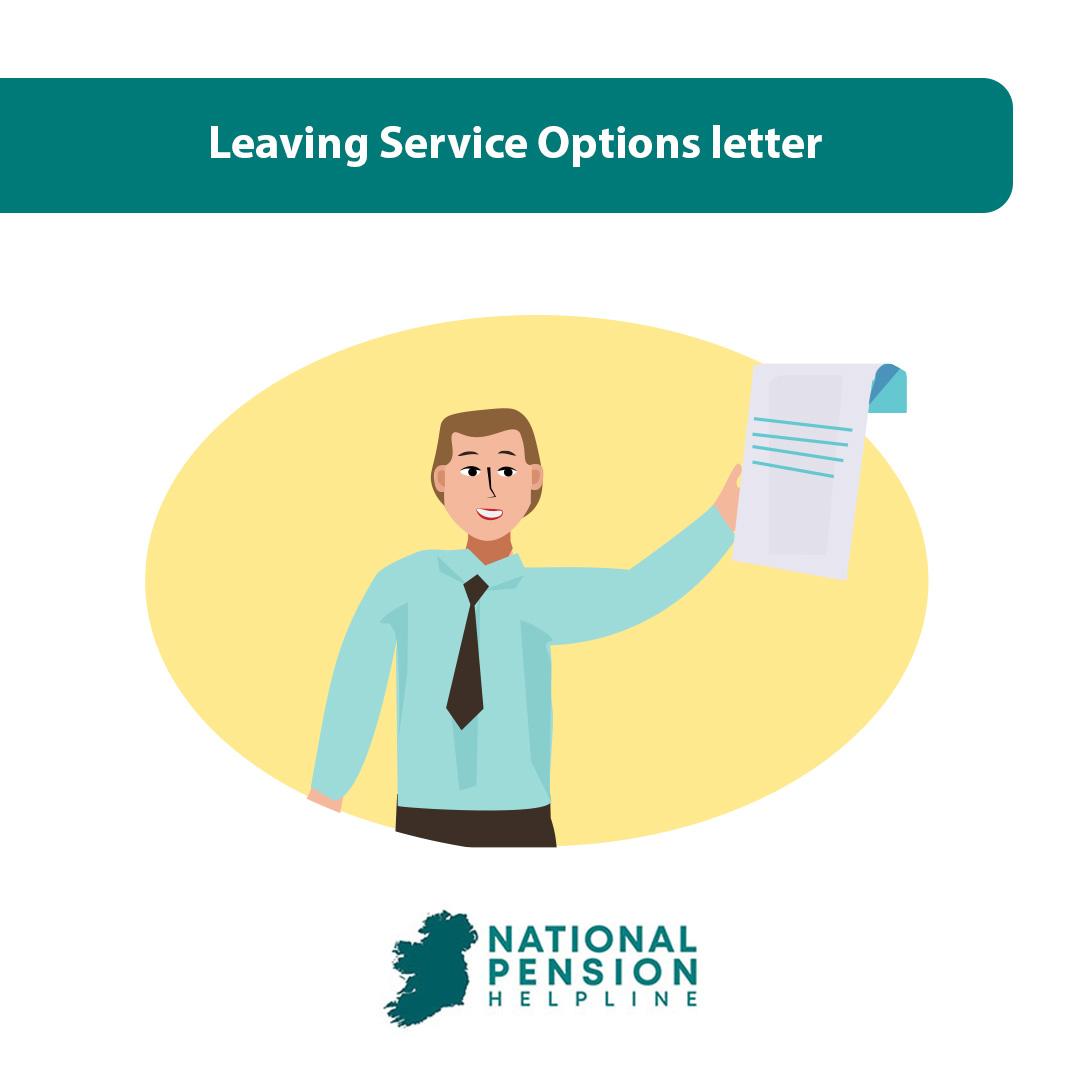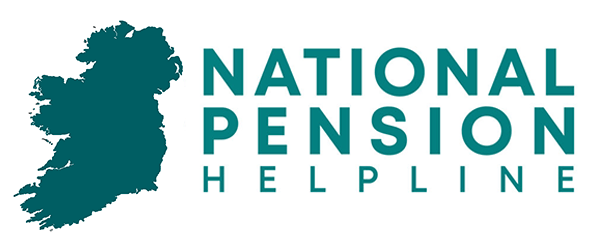If you are leaving employment with an employer that offers an occupational pension scheme to move to another employer or to become self-employed, you may be concerned about your accumulated pension benefits. What will happen to your pension when you leave your employer?
On leaving your employer, you will have various options open to you, depending on the rules of your pension scheme, and your personal circumstances.
If you wish to get information or advice on your occupation pension or on your options on leaving the service of your employer, the National Pension Helpline can assist you with free and impartial information and advice.
What is a Leaving Service Options letter?
A Leaving Service options letter is a letter or statement which outlines your pension benefit options.
You will receive this letter or statement from the pension scheme administrators shortly after leaving your employment.
This letter will have information such as details of your current pension, the options which are available to you in your specific situation, and a decision form where you select your preferred option.

Pension options when leaving your employer
You have a number of options to consider in this situation and these will depend on how long you have been with your employer in pensionable employment.
The options are:
Common pension mistakes made when leaving a company
The key mistake you could make when leaving your employer is failing to seek advice in order to make informed decisions.
While becoming a deferred member of your employer’s pension scheme may be the right decision for you, be wary of accepting this as a ‘default’ option.
Learn more about Leaving Service Options
National Pension helpline is committed to providing you with reliable and impartial information on your leaving service options, and all things pension related.
Take control of your pension on leaving your employer and get all the information and advice that you need to make informed decisions about your retirement income.
Fill in our online form or call us today and avail of a free pension review and consultation with a qualified pension advisor to compare all your pension options and for pension information and support.



